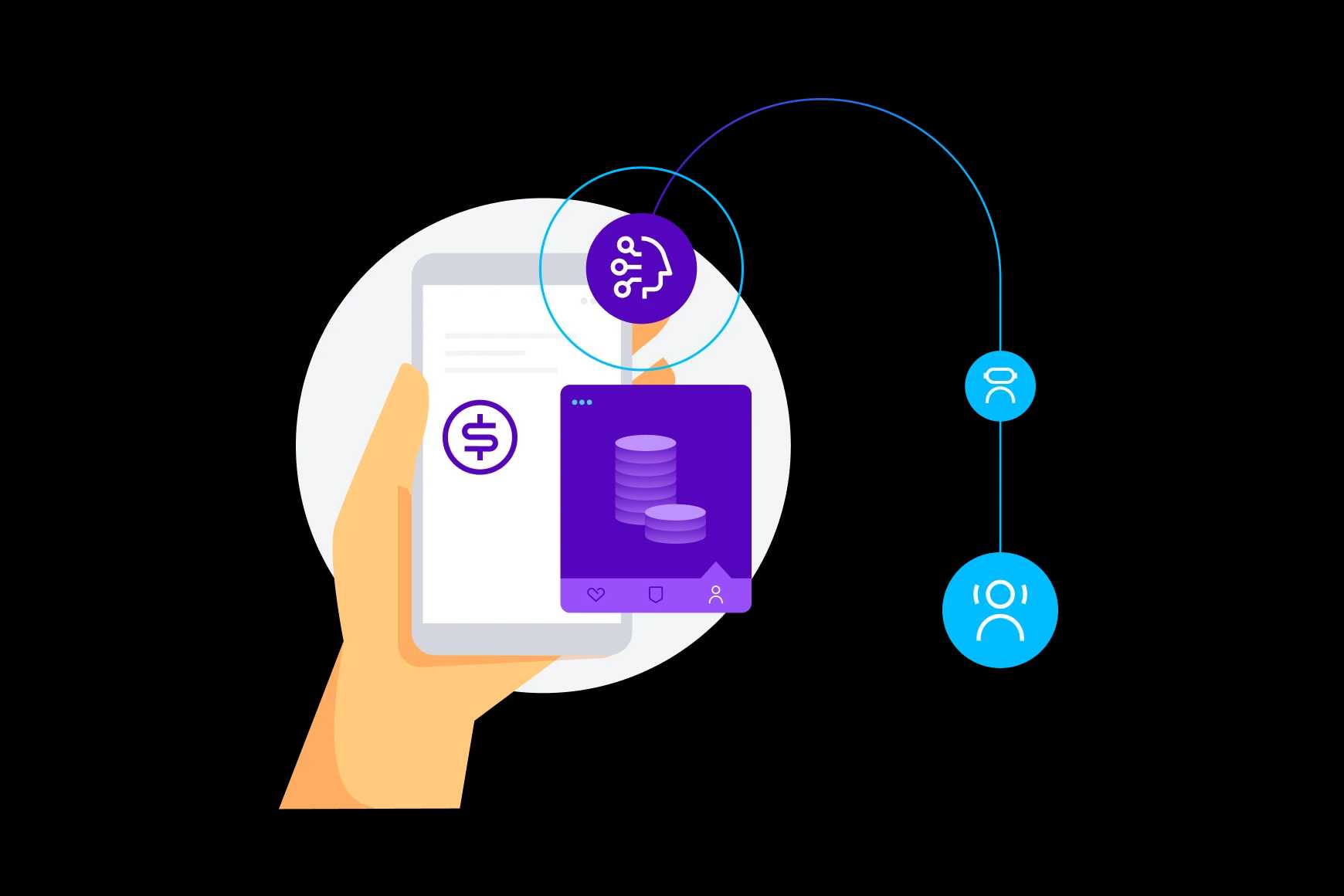Contact-Center-Trends
Sieben Schritte zur Navigation in der schnelllebigen CX-Landschaft

By Taylor Johnson
0 Minuten Lesezeit

Die Pandemie zwingt Unternehmen dazu, ihren Ansatz und ihre Investitionen in CX zu überdenken
Unternehmen setzen schon seit Jahren auf Technologie, um die Interaktion mit ihren Kunden zu verbessern, aber die Pandemie hat die Transformation der Customer Experience (CX) in den Vordergrund gerückt. CX-Führungskräfte sind gezwungen, ihre Herangehensweise und Investitionen in CX zu überdenken.
CX is critical to every business, but before the benefits of a successful CX strategy can be felt, business leaders must be capable of quantifying and measuring CX. Customer satisfaction (CSAT), net promoter score (NPS) and customer effort score (CES) are important KPIs, but because they do not directly translate to cost savings, these metrics often do not resonate with executives outside of their organization.
Es gibt drei Hauptbereiche, die gemessen werden müssen, um zu zeigen, wie CX die Geschäftsergebnisse beeinflusst:
- Umsatzgenerierung
- Kostenvermeidung
- Kosteneinsparungen
The third area—cost savings—is where the ebook How to Prioritize CX in a Cost-Cutting Environment places its focus. CX leaders must be able to draw a clear line between CX initiatives and cost savings in order to succeed in a cost-cutting environment.
Aufbau eines Business Case für CX
Um erfolgreich durch die sich verändernde CX-Landschaft zu navigieren, gibt es mehrere Schritte, die Sie unternehmen sollten, um einen effektiven Business Case aufzubauen. Zunächst müssen Sie ein Verständnis für die "Kundenkosten" entwickeln und verstehen, wie Sie diese nutzen können, um ein einfaches Nutzen- und ROI-Modell zu erstellen, das Ihr Geschäft vorantreibt:
- Schritt 1: Interaktionstrends verstehen.
Interaktionen zwischen Kunden und Agenten generieren umfangreiche Daten, die im Contact Center gespeichert werden. Durch ihre Analyse entwickeln Sie ein Verständnis für diese Trends. - Schritt 2: Ordnen Sie diesen Trends Kosten zu.Ordnen Sie jedem dieser Interaktionstypen Kosten zu, indem Sie die Anzahl der Anrufe mit den Kosten pro Anruf multiplizieren.
- Schritt 3: Klären Sie das „Warum“.
Sobald gängige Anruftrends- oder identifiziert wurden (Schritt 1), muss ermittelt werden, warum diese kontinuierlich fortbestehen. - Schritt 4: Konzipieren Sie einen Aktionsplan.
Wenn Sie die Ursachen für häufige Kundenprobleme identifiziert haben, erstellen Sie einen Aktionsplan, um sie zu beheben. - Schritt 5: Treffen Sie fundierte Annahmen.
Nachdem Sie eine Gesamtübersicht über häufige Kundenprobleme gewonnen und die Grundursache für jedes Problem identifiziert haben, können Sie eine fundierteAnnahme darüber treffen, wie viele dieser Probleme gelöst (und somit die Gesamtzahl der eingehenden Anrufe verringert) werden können. - Schritt 6: Erstellen Sie Prognosen.
Berechnen Sie jetzt den potenziellen Nutzen der Lösung dieser häufigen Kundenprobleme anhand der dadurch reduzierten Anrufhäufigkeit. - Schritt 7: Bemessen Sie die Auswirkung.
Messen Sie abschließend die Auswirkung nach der Umsetzung des Plans.
Auch wenn die Intensivierung der Nutzen des CX und die Verknüpfung mit einem messbaren ROI die ersten Schritte sind, um einen überzeugenden und gerechtfertigten Business Case für fortlaufende CX-Investitionen zu schaffen, können sie ein Unternehmen ohne die richtige Technologie nur bedingt weiterbringen.
If you want to learn more about each of these steps and how to build a quantifiable business case for CX—as well as how to identify and adopt the right technologies to execute on it—download the How to prioritize CX in a cost-cutting environment ebook.

E-Book
Wie man CX in einer kostensenkenden Umgebung priorisiert








